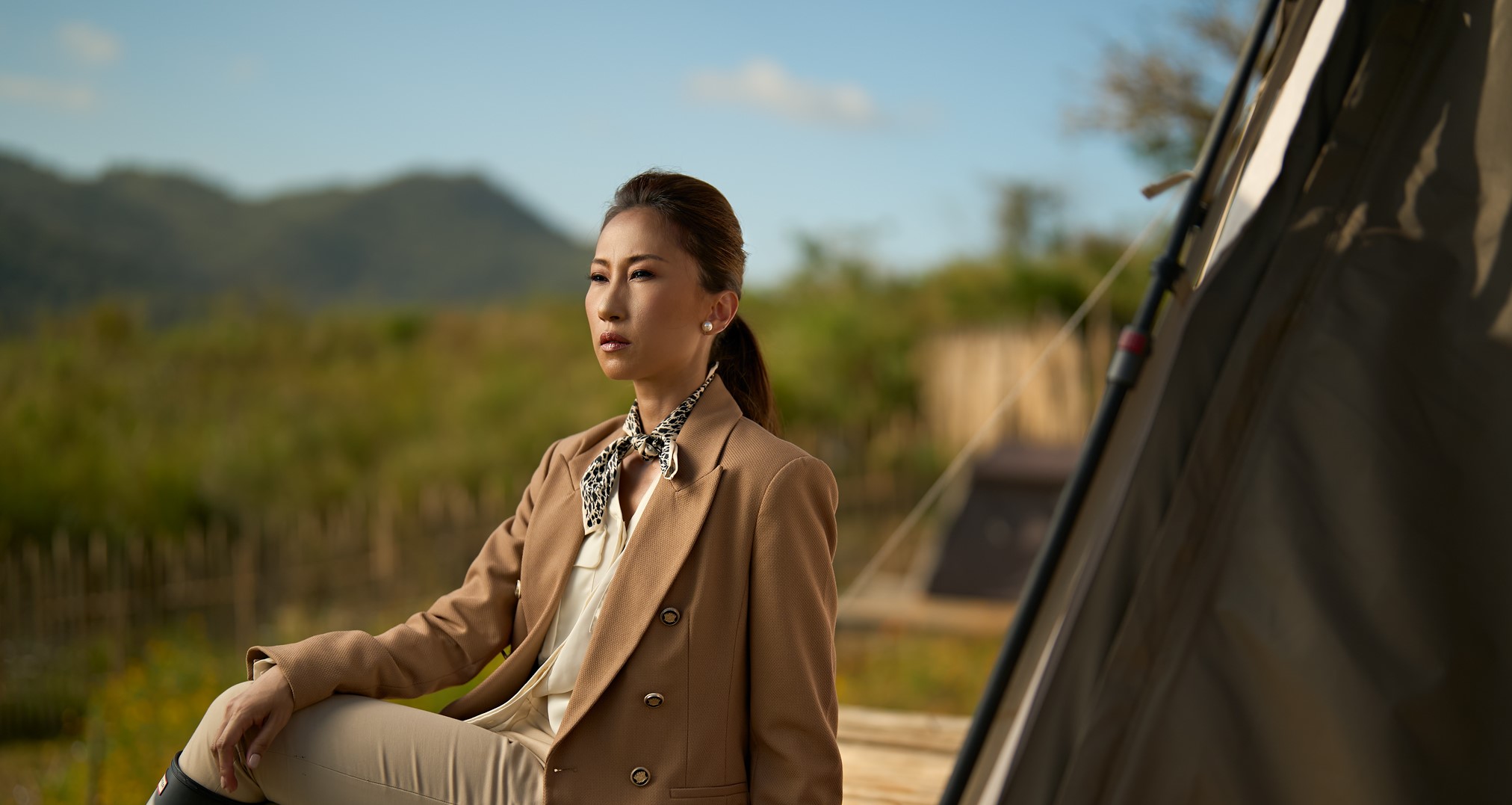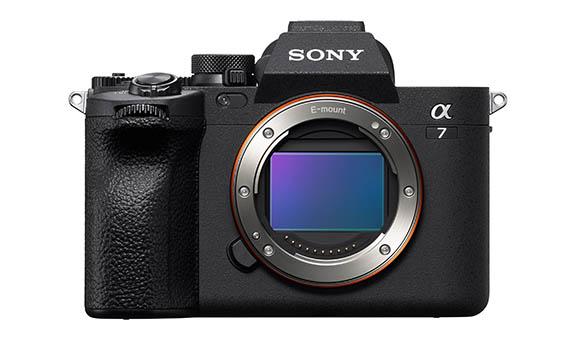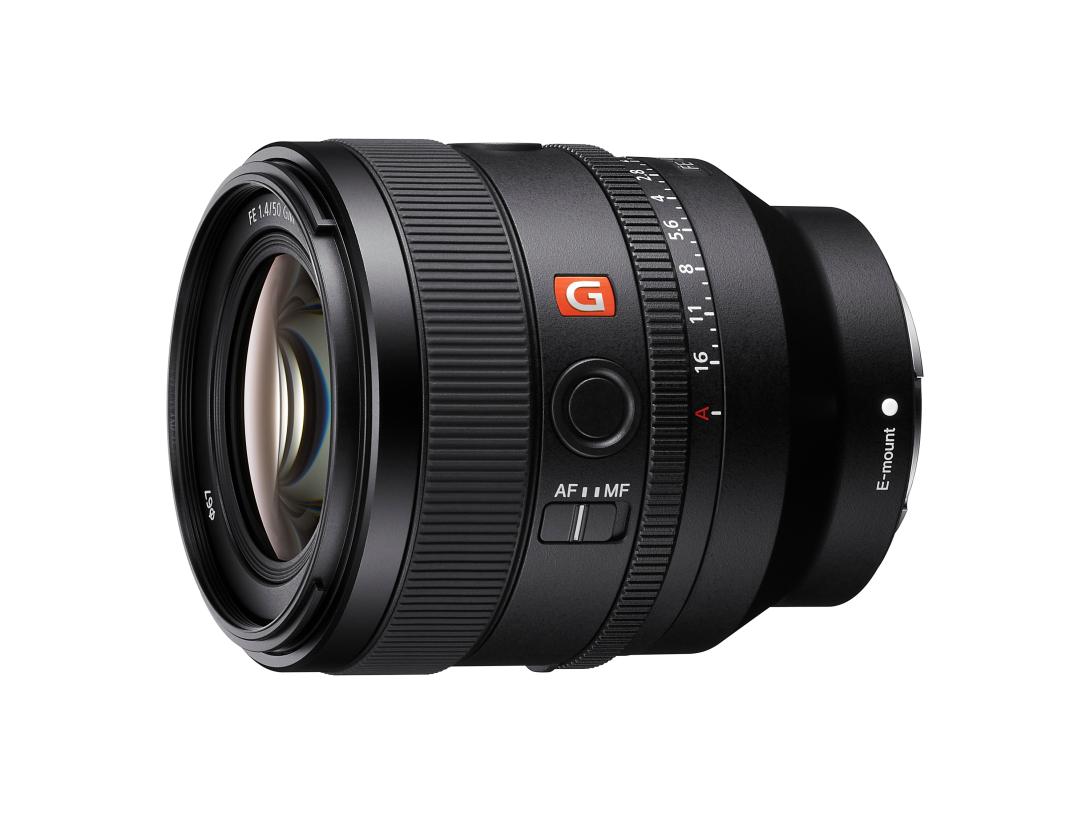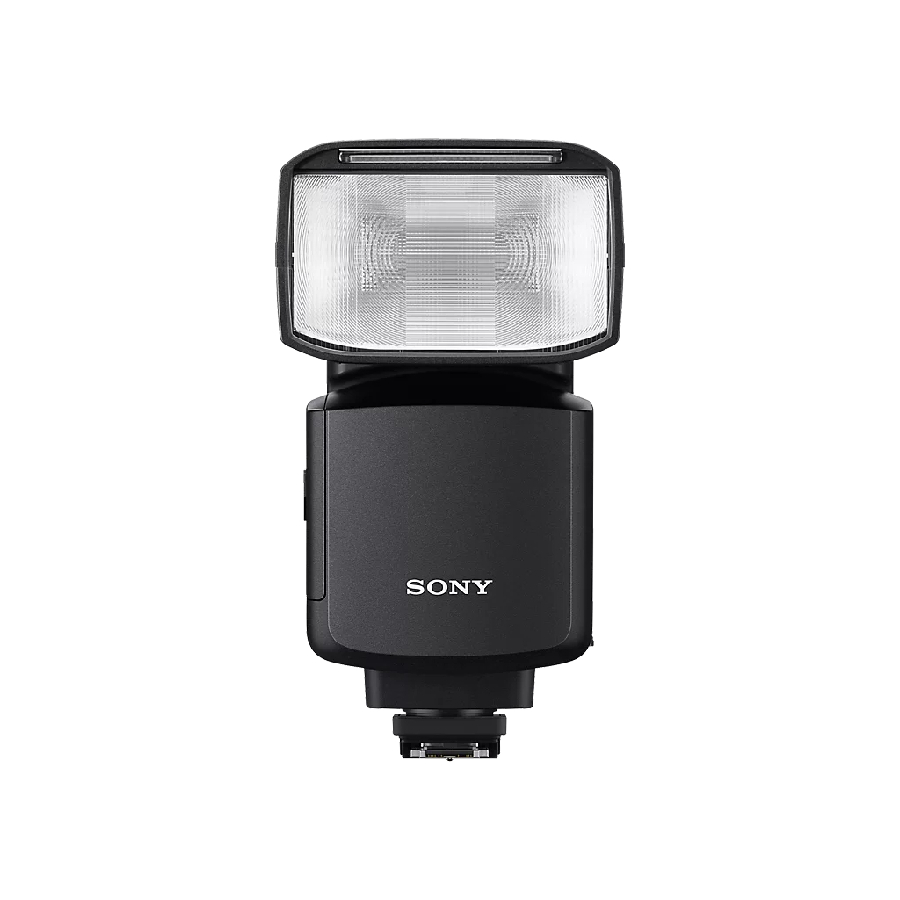A wedding and portrait photographer, Jiggie Alejandrino is a pro at manipulating ambient and artificial light in his photos. With a background as a lighting specialist, he often uses flash to add shadows and a touch of dramatic flair to his portraits.
One of Jiggie’s go-to flashes for photoshoots is the handy HVL-F60RM2 GN60 Wireless Radio Control External Flash. This flash combats harsh lighting to make his photos look naturally illuminated in various conditions, especially when shooting outdoors.
Ever wanted to be a master at manipulating light and shadows in photography? Here are a few tips and tricks from Jiggie to get you started!
Tips for shooting in challenging lighting conditions
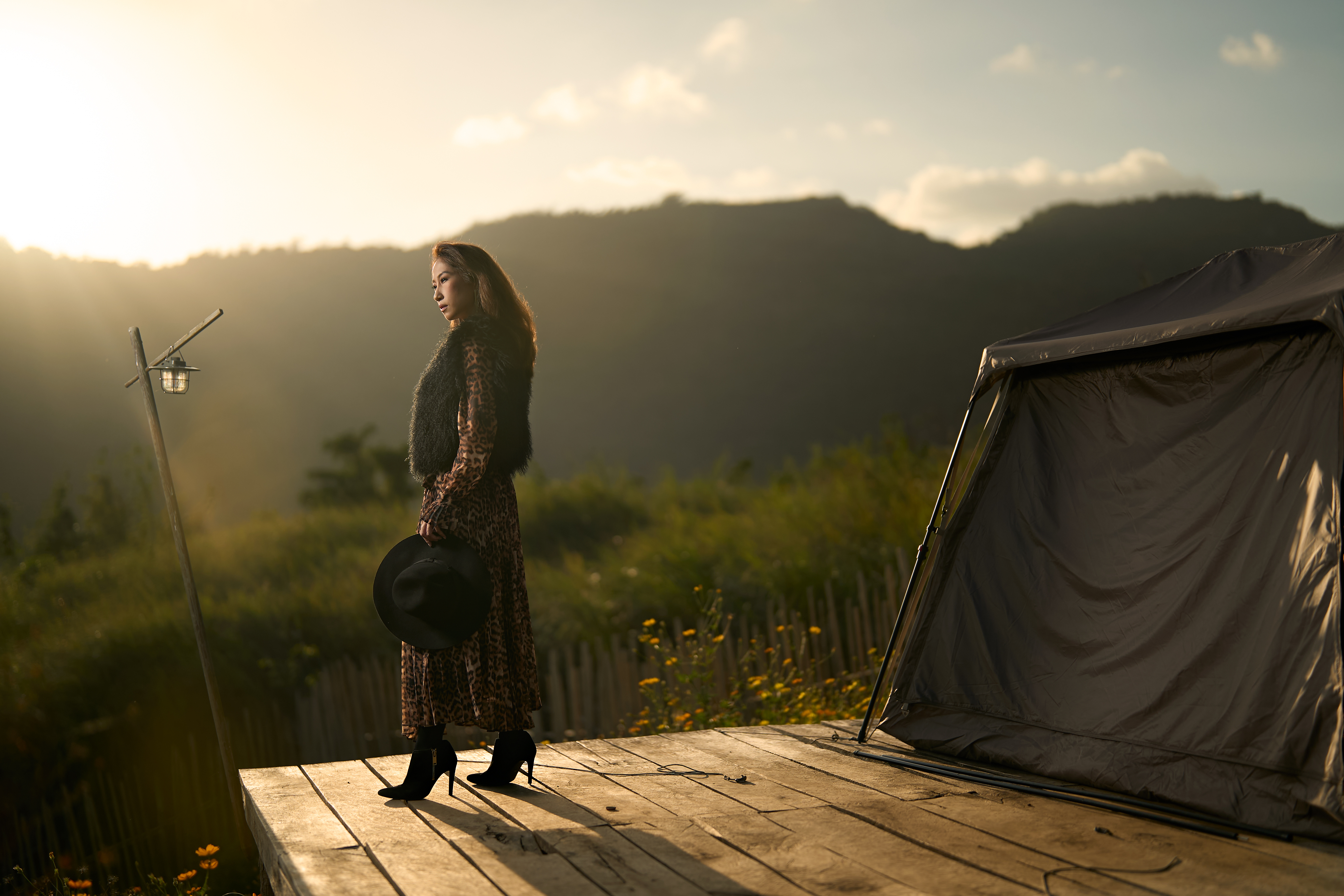
FE 50mm F1.2 GM | 50mm | 1/250s | F1.2 | ISO 100
Shooting portraits in a closed studio environment allows photographers to manipulate light easily. On the other hand, it can be tricky controlling the direction and intensity of ambient light in outdoor photoshoots. Even so, the allure of outdoor photography is that no studio backdrop can replace mesmerising landscapes, especially if your subject can interact with their surroundings freely. A flash would thus help keep your subject well-lit without looking unnaturally bright or dark. Here are Jiggie’s tips on using flashes in outdoor photography!
1. Avoiding overexposure
A tricky aspect of outdoor portrait photography is bringing out the subject’s features without overexposing them. To tackle this, Jiggie needed a flash to tame the harsh sun. The HVL-F60RM came in handy, removing unwanted shadows on his subject’s face and changing the quality of the light to make it more flattering. It also controlled highlights, ensuring that no part of the photos was overexposed.

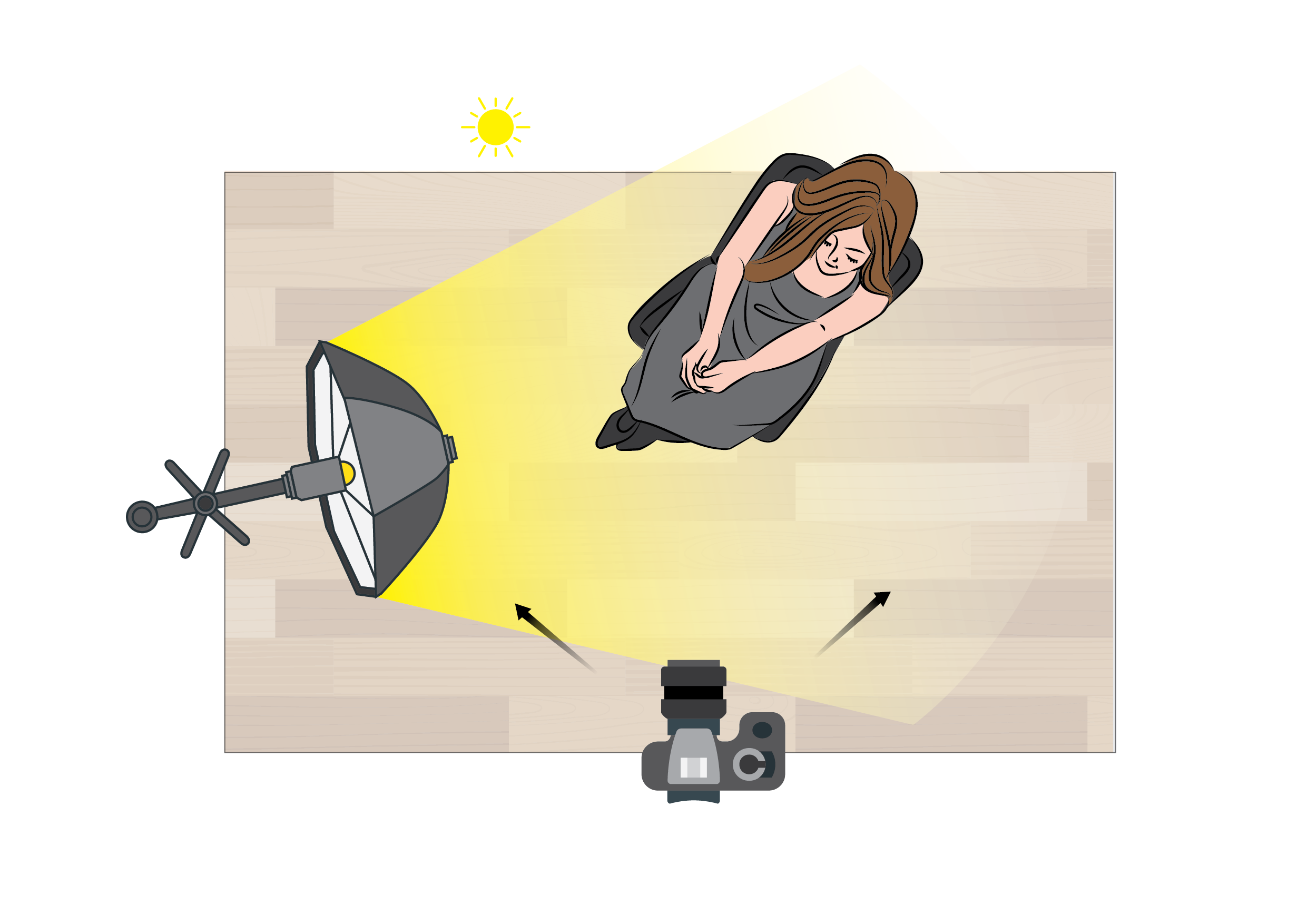
FE 50mm F1.2 GM | 50mm | 1/250s | F1.2 | ISO 100
To achieve a soft glow in the photo above, where the sun was harsh and creating difficult lighting, Jiggie used one light with a shoot-through umbrella to soften his lighting output. He positioned the external light source in the same general direction as the ambient light to make it look more natural — a technique he calls “focusing by light”.
I always make sure to make my subject slightly brighter than the existing ambient light whenever I try to create light that looks unseen, like the image you see. The goal was to make it look as natural as possible and give the impression of having perfect light.
2. Avoiding underexposure
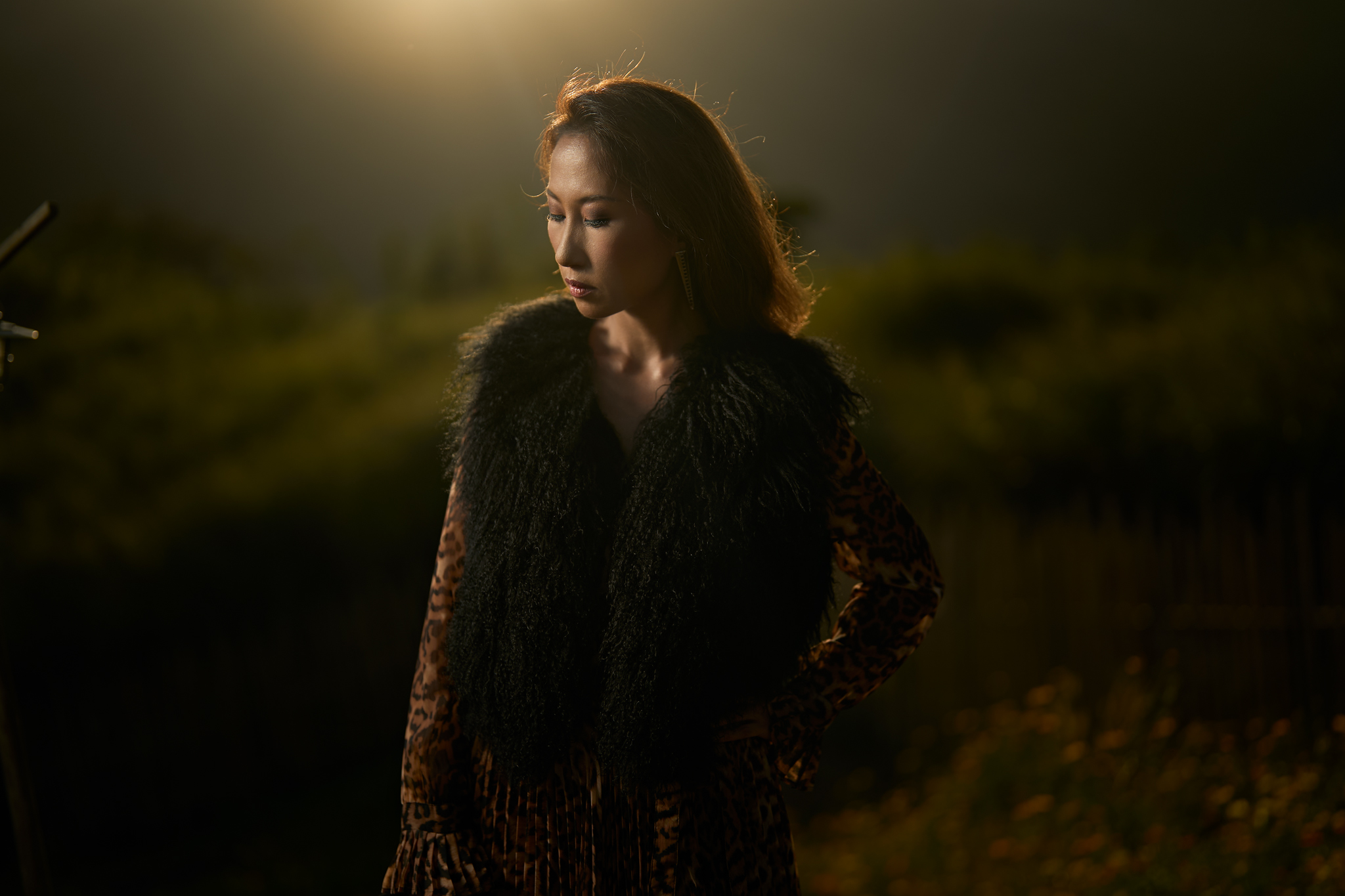
FE 50mm F1.2 GM | 50mm | 1/250s | F1.2 | ISO 100
In this image, Jiggie used the same technique and light position as the previous example. This time, however, he chose to underexpose and control the existing ambient light with his camera and cast the main light on his subject’s face with his flash. This ensured that his subject’s face stood out even when his subject was shrouded in darkness.
In low-light conditions, using an external flash lets you control exactly where your light falls, helping you highlight your subject without blowing out the ambient atmosphere.
3. Shooting in nighttime situations
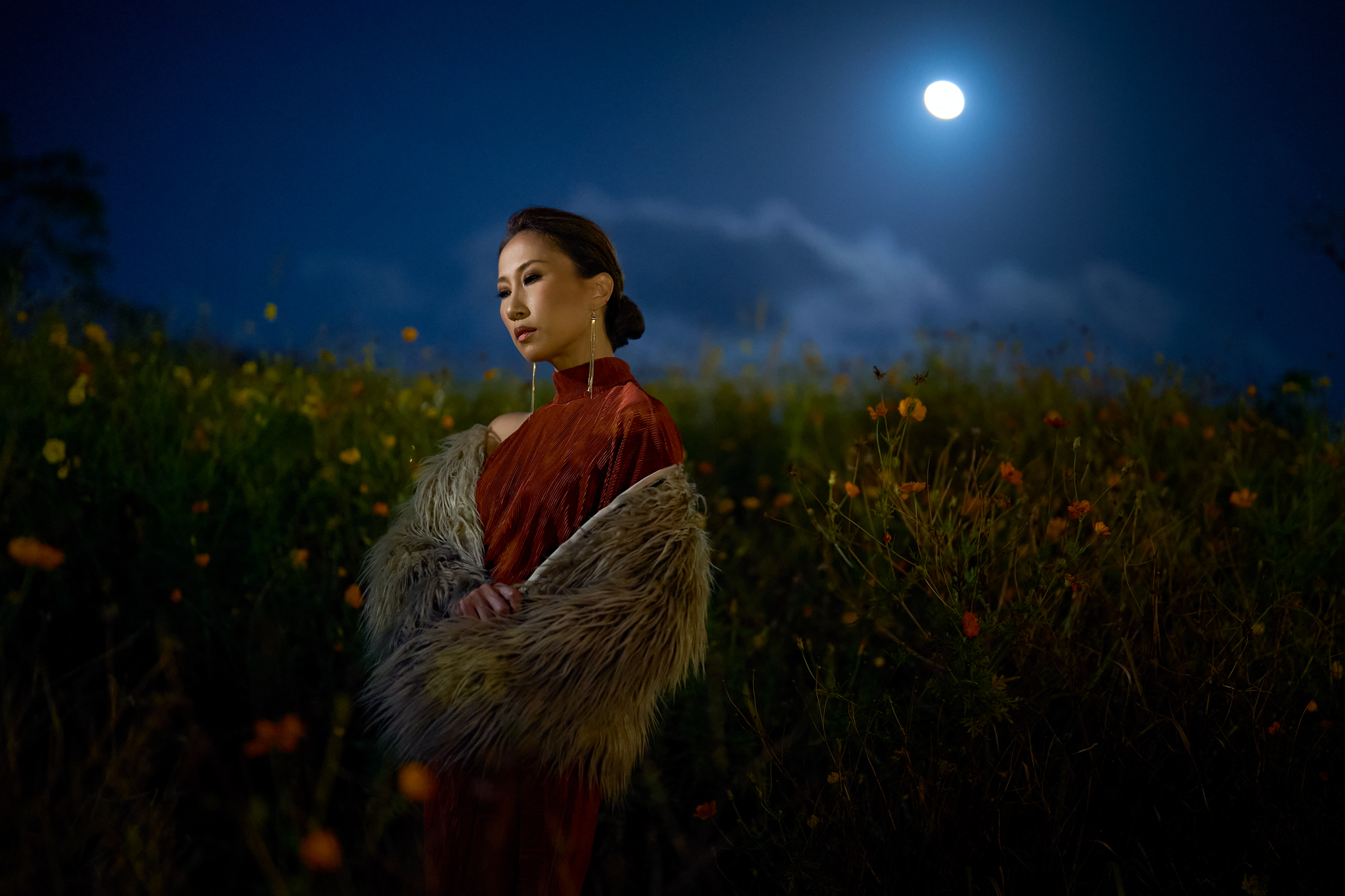
FE 50mm F1.2 GM | 50mm | 1/60s | F1.2 | ISO 3200
In this image, Jiggie set his flash at 1/256 power and boosted his ISO to 3200 as he wanted to use the ambient light from the full moon to illuminate the environment and serve as a fill light. He then gelled his flash CTO orange and set his white balance to tungsten to make the night sky appear bluer.
Why Jiggie uses Sony flashes
The HVL-F60RM2 is a flash that is built by Sony for Sony, so it works perfectly with Alpha cameras. It’s great for any photographer who wants a quality and reliable flash from the Sony ecosystem.
Portrait photography requires a constant stream of communication between the photographer and the subject, and a photographer’s choice of gear is no different. Sony flashes and Alpha cameras share an intelligent communication channel that links flash control and face detection, providing accurate white balance and a stable lighting output for Jiggie’s subjects under any lighting. This is possible when the flash’s colour temperature is transmitted to the camera, creating natural skin tones.
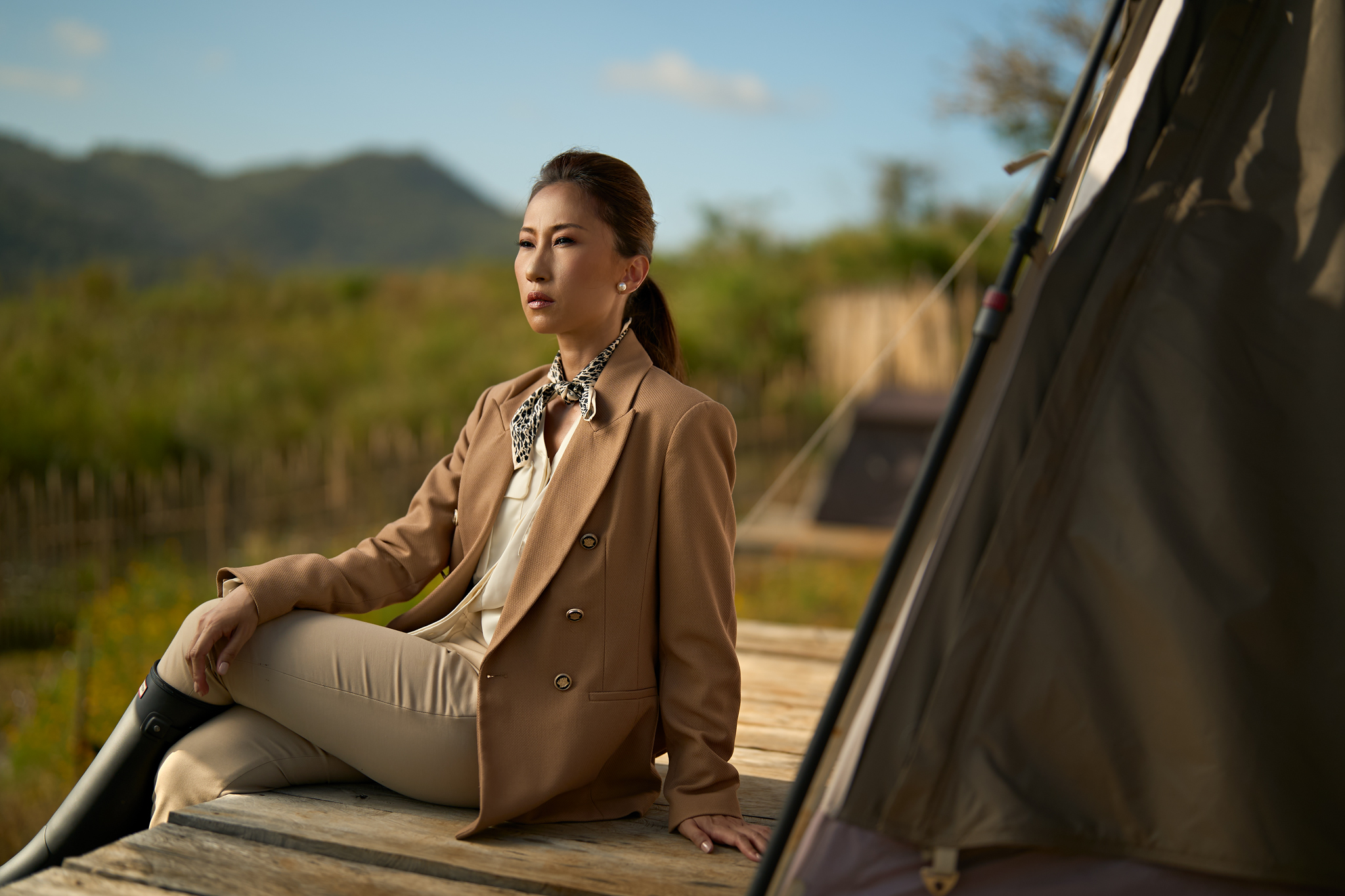
FE 50mm F1.2 GM | 50mm | 1/250s | F1.2 | ISO 100
What’s more, Sony’s cable-free flashes connect directly to Jiggie’s Alpha cameras via Multi-Interface (MI) Shoe to provide him with precise control over lighting and lag-free flash-to-camera communication for a seamless shooting experience that gives Jiggie confidence to capture his subjects in the best lighting possible.
Whether you're tackling difficult lighting conditions or looking to create more stylised, creative images, a Sony external flash gives you the control and flexibility you need. Move beyond ambient light or your camera’s built-in flash and unlock the full potential of your photography with Sony flashes today.

